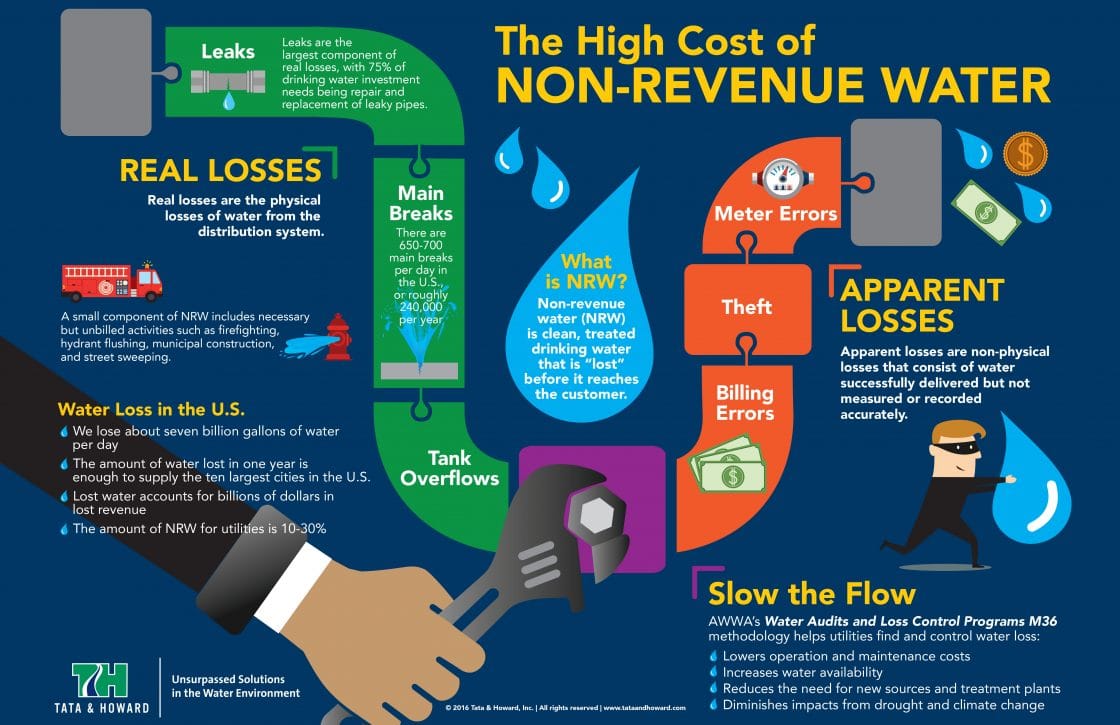Consider The Expenditures And Advantages Of Solar Installment To Disclose The Possible Financial Benefits For Individuals Considering This Renewable Energy Financial Investment
Consider The Expenditures And Advantages Of Solar Installment To Disclose The Possible Financial Benefits For Individuals Considering This Renewable Energy Financial Investment
Blog Article
Content Author-Rowe Larsen
When thinking about the costs of solar installment, you could question the upfront investment needed and whether it straightens with the prospective lasting advantages. Understanding the intricacies of these costs and the various variables affecting the overall return can shed light on the worth proposition of transitioning to solar power. By assessing both the preliminary arrangement costs and the predicted cost savings with time, you can acquire understanding into whether the financial investment in solar setup holds assurance for your monetary future.
First Arrangement Expenses
When taking into consideration the costs of solar installation, the first configuration expenses play an important duty in your decision-making procedure. These ahead of time costs include the cost of photovoltaic panels, inverters, installing tools, and setup labor.
The price of solar panels can vary relying on the brand, efficiency, and size you select. Inverters are vital for converting the sun's energy into usable power and can be found in different types such as string inverters, microinverters, and power optimizers, each with its own expense implications.
Placing tools, such as racks and rails, is necessary to securely install solar panels on your roof or residential property.
The installment labor expense covers the professional installation of the solar system, making sure that everything is set up correctly and effectively. Remember that while these preliminary configuration expenses might seem high, there are typically discounts, tax rewards, and funding alternatives readily available to help offset the costs and make solar installment extra economical over time.
Long-Term Financial Savings Evaluation
To understand the financial advantages of solar setup over time, it's crucial to perform a detailed lasting financial savings evaluation. While the initial configuration costs of solar panels may seem difficult, the lasting savings can outweigh these expenses significantly. By taking advantage of the power of the sunlight to generate electricity for your home, you can potentially save countless dollars on your energy bills over the life expectancy of your solar system.
Among the key aspects to take into consideration in a long-term financial savings analysis is the reduction in your electricity expenses. With solar panels, you can create your electricity, minimizing or perhaps eliminating your dependence on the grid. This can result in significant savings, specifically as energy rates remain to increase.
Additionally, several governments supply motivations such as tax obligation credit scores and discounts for installing photovoltaic panels, better boosting your long-term financial savings. By taking advantage of these rewards and maximizing your solar power manufacturing, you can appreciate substantial financial benefits for many years ahead.
Return on Investment Estimation
Considering the monetary advantages of solar installment, it's time to analyze the Return on Investment (ROI) estimation. Determining how much do residential solar panels cost includes comparing the overall expenses of installing a solar system with the monetary advantages it creates over its life expectancy.
To calculate https://solarpanelsuppliers88776.bloginder.com/30470236/a-preview-of-the-energy-future-as-introducing-solar-advancements-redefine-what-sustainability-and-effectiveness-mean , separate the net profit from the system by the total investment cost and increase by 100 to get a percent. The ROI formula is: (Net Earnings/ Total Amount Investment Expense) x 100.
For instance, if the overall price of setting up a planetary system is $20,000, and over its life expectancy, it creates financial savings and earnings amounting to $30,000, the net revenue would be $10,000. Splitting this by the complete investment expense of $20,000 gives a ratio of 0.5. Multiplying this by 100 gives an ROI of 50%.
Normally, a greater ROI suggests a more financially gratifying financial investment. Elements like federal government rewards, maintenance expenses, and energy cost fluctuations can impact the ROI of solar installments. Recognizing the ROI aids in evaluating whether buying solar power is worth it over time.
Conclusion
Finally, comprehending the expenses of solar installment is essential for identifying if it deserves the investment. By taking into consideration first arrangement costs, conducting a long-term cost savings evaluation, and calculating the roi, you can make an informed choice about the monetary value of solar energy. With the possibility for minimized energy expenses and increased power independence, investing in solar installment can be a clever choice for both your budget and the setting.
